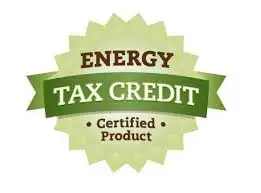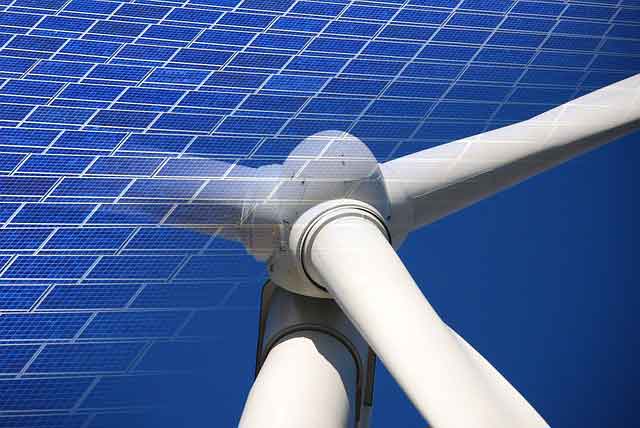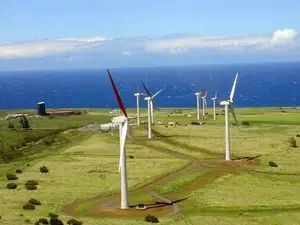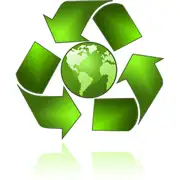Renewable Energy Credits

Renewable energy credits certify MWh-scale green generation, enabling GHG accounting, Scope 2 reductions, RPS compliance, and PPA hedging via registries like WREGIS, GATS, and M-RETS for grid decarbonization and utility procurement strategies.
What Are Renewable Energy Credits?
Tradable 1 MWh certificates for renewable generation, used in Scope 2 accounting, RPS compliance, and decarbonization.
✅ Verifies MWh via meter data and ISO/RTO registry tracking
✅ Enables Scope 2 reductions for facilities and microgrids
✅ Supports RPS compliance and PPA procurement strategies
Renewable Energy Credits, otherwise known as Renewable Electricity Certificates, or Tradable Renewable Certificates (TRCs), are tradable, non-tangible energy commodities that represent proof that 1 megawatt-hour (MWh) of electricity was generated from an eligible renewable energy resource (renewable electricity). For context on how clean generation is delivered and tracked, see renewable electricity fundamentals and related attributes.
Renewable Energy Credits can be sold and traded or bartered, and the owner of the REC can claim to have purchased renewable energy. While traditional carbon emissions trading programs promote low-carbon technologies by increasing the cost of emitting carbon, RECs can incentivize carbon-neutral renewable energy by providing a production subsidy to electricity generated from renewable sources. It is important to understand that the energy associated with a REC is sold separately and is used by another party. The consumer of a REC receives only a certificate. These market incentives often complement policies such as renewable energy tax credits that influence project financing.
In states and provinces that have a REC programs, a green energy provider (such as a wind farm) is credited with one REC for every 1,000 kWh or 1 MWh of electricity it produces (for reference, an average residential customer consumes about 800 kWh in a month). A certifying agency gives each REC a unique identification number to make sure it doesn't get double-counted. The green energy is then fed into the electrical grid (by mandate), and the accompanying REC can then be sold on the open market. Understanding the range of renewable energy systems that can issue RECs helps stakeholders assess performance and eligibility.
Renewable energy power companies benefit from RECs because they serve as an incentive. Many non-renewable energy sources are subsidized, making it difficult for green energy companies to survive. By being able to sell the power and RECs, the company can afford to thrive in the market. Prices for RECs vary widely, just like other commodities, and they are available for sale in numerous locations. Price signals can also vary with the mix of local renewable energy sources and transmission constraints.
By purchasing Renewable Energy Credits, consumers can claim that they are supporting green energy. While a consumer would ideally also purchase renewable energy for his or her home, this is not always possible. RECs allow companies and individuals to support power in areas which do not offer it directly. Consumers should also, of course, practice conservation and work to get green power in their area, but RECs are a good place to start. For companies, they are an important part of doing business responsibly, while thinking about future generations. For households unable to procure green tariffs, RECs align with broader clean renewable energy practices and ongoing efficiency efforts.
Along with carbon offsets and other incentive programs, Renewable Energy Credits are part of a growing movement which acknowledges that even small changes make a big difference. By supporting green energy, consumers show that there is a demand for it, and companies can build more plants or accelerate production with the funds raised through the sale of RECs. Organizations which promote programs like this hope to eventually see everyone's ecological footprint, meaning the amount of resources and space needed to support a particular lifestyle, greatly reduced. Clear explanations of what is renewable energy empower buyers to request credible products and disclosures.
What's the difference between a REC and a Carbon Offset?
All RECs from qualifying new generators represent the environmental attributes of renewable power, principally the fact that producing that power causes less, or no, pollution. When you buy an amount of wind-generated Renewable Energy Credits equal to your electricity consumption, you are legally entitled to claim that you are wind powered, and that your electricity use does not contribute to global warming. In other words, all wind Renewable Energy Credits can convert your electricity to wind power. However, for a REC to be used to offset emissions from driving, flying or heating your home, it must be from a project that would not have been implemented without the opportunity to realize revenues for the carbon reductions (in other words, it must be "additional" to business-as-usual - see "what's the importance of additionality, below"), and not all renewable energy projects can say that. To evaluate such claims confidently, consult resources that present renewable energy facts and common verification methods.






_1497100159.webp)



